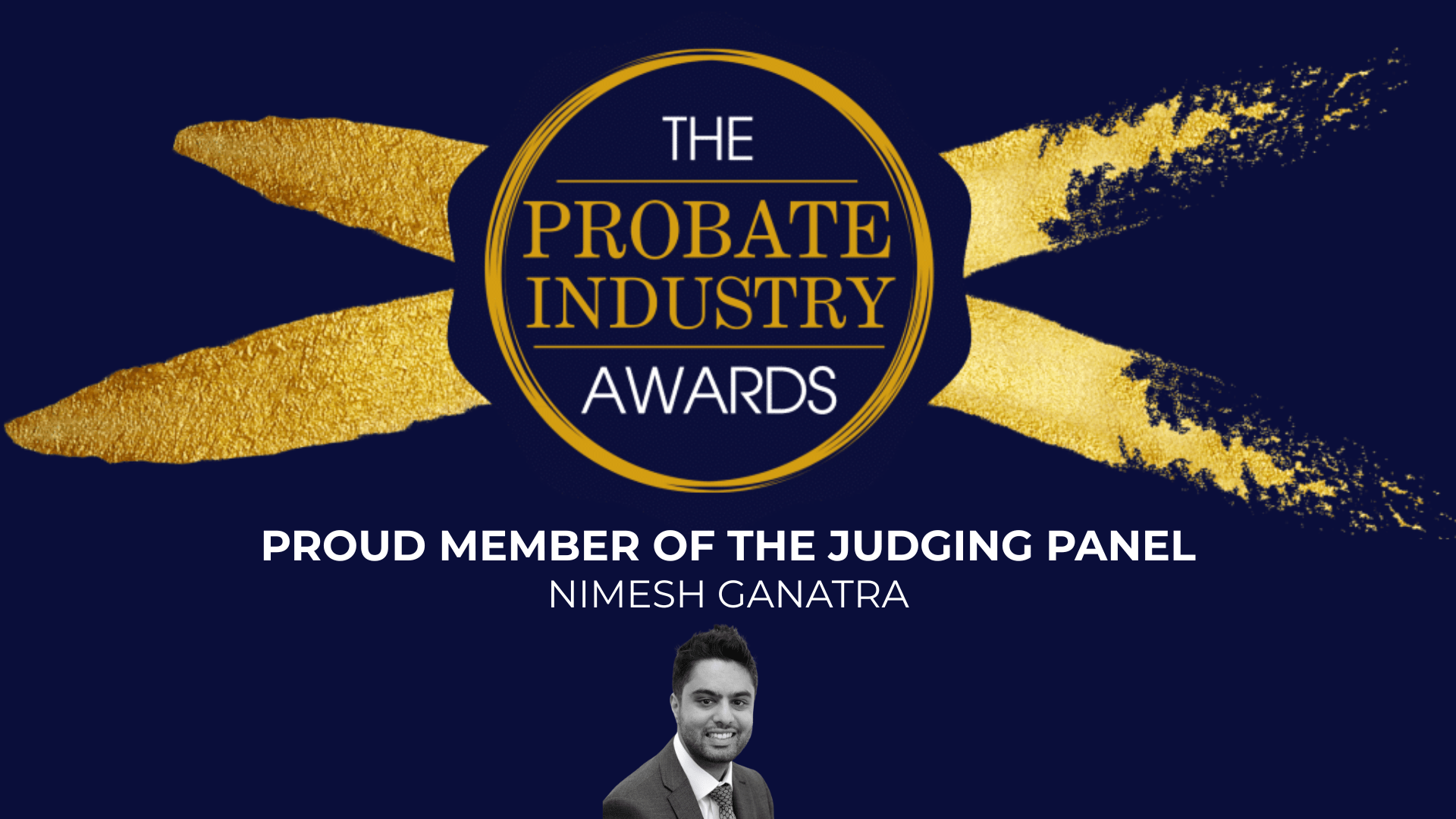Our Managing Director, Paul Saunders, took centre stage at this year’s Solicitors Regulation Authority (SRA) Compliance Officers Conference 2025, sharing practical insight into the evolving challenges of Anti-Money Laundering (AML) compliance.
Drawing on Legal Eye’s extensive experience supporting firms across the legal sector, Paul explored how firms can strengthen their AML frameworks by aligning policy with practice and fostering a culture of informed vigilance.
View slides and video recording from the day
Closing the compliance gap
During his session, Paul highlighted the persistent gap between documented AML procedures and how they are applied in daily operations. He stressed that policies should not exist in isolation but should be living documents that reflect the realities of client transactions and day-to-day decision-making.
He also emphasised the importance of training that goes beyond compliance basics.
“We work with extremely intelligent people who not only need to know what in terms of the policy document, but they also need to know the why. And it’s quite challenging for them to follow a process, to follow a procedure, without actually understanding why they are doing that.”
To close that gap, Paul encouraged firms to invest in practical, scenario-based training that explains the ‘why’ behind the required compliance measures, and mirrors the issues staff encounter in real transactions.
He illustrated his points with practical examples drawn from Legal Eye’s experience in large-scale remortgage transactions, describing cases where red flags emerged only after completion, underscoring the need for ongoing vigilance and post-transaction review.
Understanding the role of Suspicious Activity Reports (SARs)
Paul also reminded delegates that the purpose of a Suspicious Activity Report is to provide intelligence to law enforcement. He explained that firms often misunderstand SARs as a procedural safeguard, when in fact they are a means of helping the authorities identify and investigate criminal activity.
“As far as the SAR is concerned, we are not seeking authority to carry on acting,” he said. “We’re actually in a role where we are required to provide critical intelligence to law enforcement to help them do their job, and to help them catch the criminals that we are all exposed to”.
Paul also shared guidance on managing suspicious transactions while awaiting SAR responses. He advised that firms have the responsibility and duty to make the decision on whether or not they continue to act. If they do, files should still be progressed — maintaining communication and documentation without tipping off clients — to avoid unnecessary delay that could itself lead to complaints.
Risk assessments should not be a tick-box exercise
Paul concluded by calling for a shift in how firms view risk assessments, urging compliance officers to treat them as dynamic, continuously updated tools rather than static tick-box exercises.
A genuine “live” risk assessment, he said, helps ensure consistent decision-making and supports firms in evidencing their approach during audits or regulatory scrutiny.
Forthcoming changes and next steps
The conference also confirmed that responsibility for AML supervision is set to move from the SRA to the Financial Conduct Authority (FCA). In the meantime, the SRA will focus on monitoring and management of AML policies, controls and procedures, particularly ensuring these align with practice on the ground. A major review of client account and TPMA use also remains a key focus for the year ahead.
With full details still to be finalised, we continue to work closely with firms of all sizes to develop tailored AML policies, deliver training, and conduct independent audits. To discuss how we can support your firm contact [email protected], or call 020 3051 2049 today.
 (0)20 3051 2049
(0)20 3051 2049




